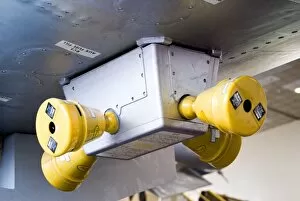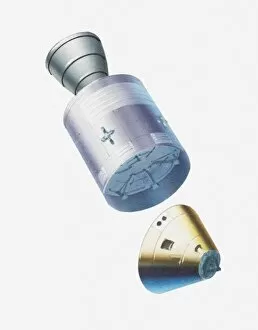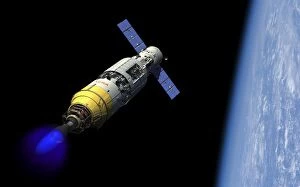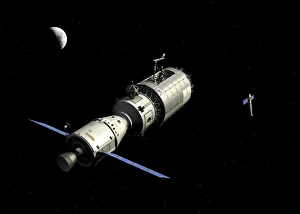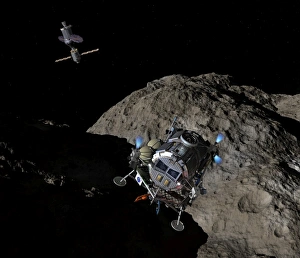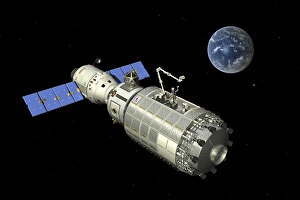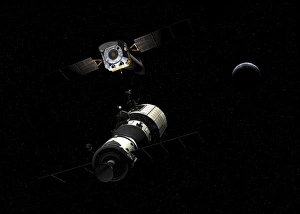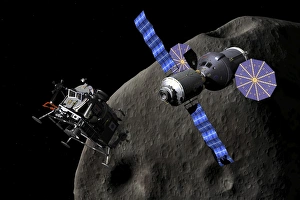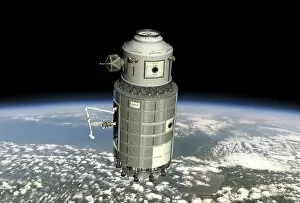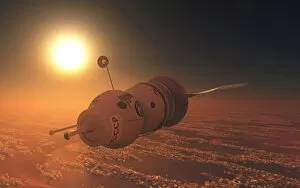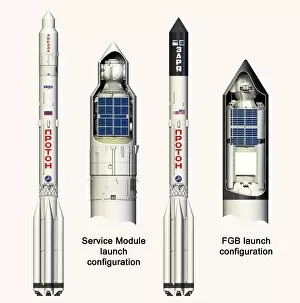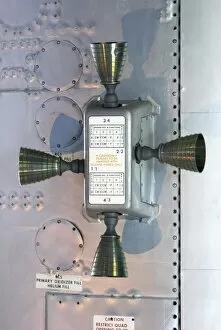Service Module Collection
The service module plays a crucial role in the success of space missions, providing essential support and power to spacecraft like the Apollo and Orion
All Professionally Made to Order for Quick Shipping
The service module plays a crucial role in the success of space missions, providing essential support and power to spacecraft like the Apollo and Orion. In 1971, the Apollo 15 Command and Service Modules were captured in lunar orbit, showcasing their impressive capabilities. The intricate artwork depicts the beauty of these technological marvels against the backdrop of the Moon. One notable feature of the service module is its thrusters, which enable precise maneuvering in space. These powerful engines ensure that astronauts can navigate through various environments with ease. During vibration tests, technicians meticulously examine every component to guarantee optimal performance. This attention to detail ensures that even advanced development propellant isolation valves function flawlessly under extreme conditions. Collaboration between European Space Agency technicians and Airbus/Airbus Netherlands is vital for successful illumination tests. These assessments ensure that all systems are functioning correctly and provide valuable insights into potential improvements. Ground processing marks a significant milestone as Orion makes its way towards exploration missions. With meticulous care, technicians prepare it for its journey by buttoning up every aspect before transporting it to Multi-Payload Processing Facility. The installation of solar array wings adds another layer of functionality to these spacecraft. Each wing provides much-needed power while being carefully protected until deployment. Inside NASA's Neil Armstrong Operations and Checkout Building high bay, we catch a glimpse of Orion awaiting its momentous mission—an awe-inspiring sight symbolizing humanity's quest for knowledge beyond Earth's boundaries. For Exploration Mission-1 (EM-1), an extraordinary powerhouse awaits: The European Service Module will serve as Orion's lifeline during this groundbreaking endeavor. Its cutting-edge technology guarantees uninterrupted energy supply throughout this historic mission. As Ryan Kiechle gives a thumbs-up inside the transporter vehicle with Orion securely fastened atop it, excitement fills the air—a testament to countless hours spent preparing for this incredible journey into unknown realms. With bated breaths, we witness Orion departing from its home at NASA's Neil Armstrong Operations, ready to embark on its next adventure.




